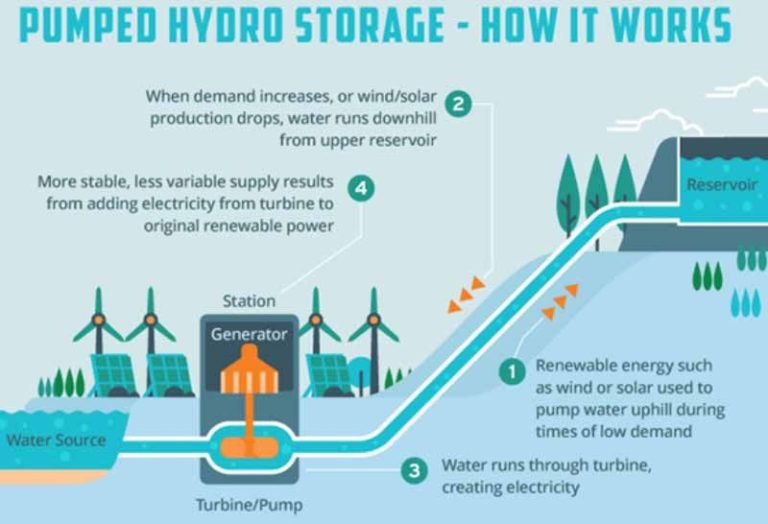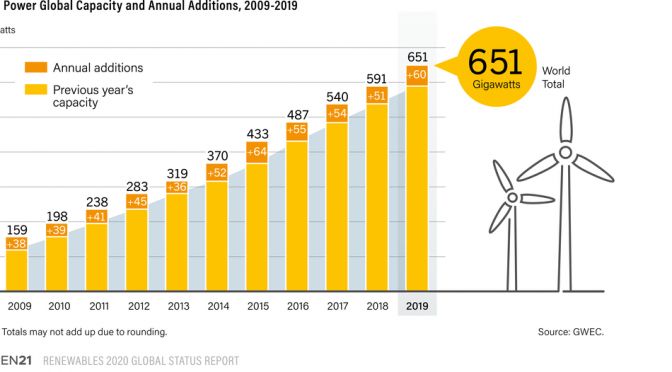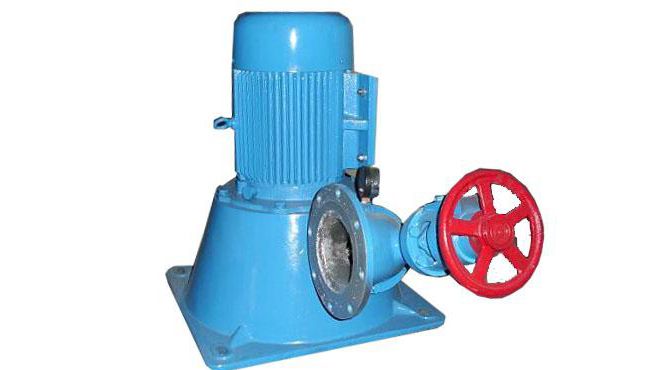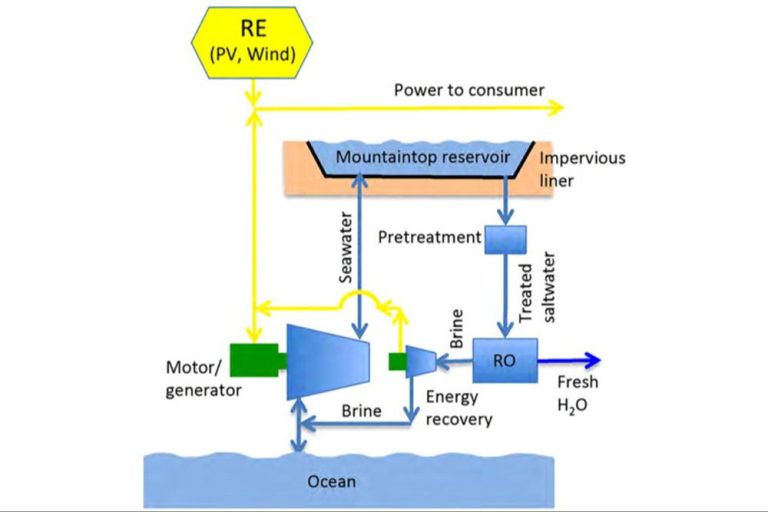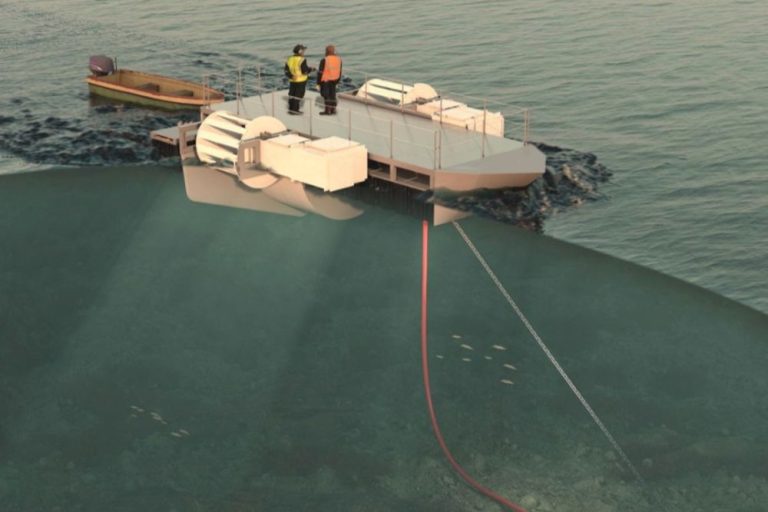When Was Hydro Discovered?
Hydroelectric power has become an important source of renewable energy across the globe. Water’s potential to generate energy has been harnessed for thousands of years, in varying ways. Understanding the origins and evolution of hydroelectricity provides context on how it emerged into a vital energy solution.
The use of moving water to produce energy dates back to ancient times, with simple water wheels converting the kinetic energy into mechanical power for grinding grains. This early adoption paved the way for hydroelectricity to play a pivotal role during the Industrial Revolution. As industrialization increased the demand for power, new hydroengineering projects began popping up near rapidly growing urban centers in the 19th century.
The scale and impact of hydroelectric dams expanded dramatically in the 20th century. Major government investments helped drive massive projects like the Hoover Dam in the United States and Three Gorges Dam in China. The environmental and social consequences also became more visible, from habitat disruption to displacement of communities. Understanding this complex legacy is key to assessing hydroelectricity’s current status and future outlook.

Early History
The use of hydropower dates back thousands of years. Some of the earliest evidence of hydropower applications comes from ancient Greece and Rome. Greek mathematician Archimedes is said to have created one of the first water wheels to harness the power of moving water. The Romans also developed waterwheel technology to grind grains and power machinery.
In the Middle Ages, water wheels evolved to convert the energy of flowing rivers into mechanical power that was used for milling and pumping. Monasteries built small dams and channels to divert water to their water wheels. By the 10th century, there were thousands of water mills operating in Europe.
In the 19th century, the first hydroelectric power plants began emerging in Europe and North America. In 1878, the world’s first hydroelectric power plant began operating on the Fox River in Appleton, Wisconsin.
Industrial Revolution
The late 1800s saw the rise of large-scale hydropower projects during the Second Industrial Revolution. Countries were rapidly industrializing and needed a way to generate large amounts of electricity to power factories, mills, transportation systems and cities. Rivers and waterfalls provided a natural source of energy that could be harnessed for hydropower.
One of the first major hydropower projects was the Niagara Falls project in 1879. The Niagara Falls Waterwheel Company built a waterwheel with 94 ton buckets that used the waterfall’s energy to produce electricity. This helped power the street lights and industries in Niagara Falls, NY.
In the 1890s, three 5,000 horsepower generators were built at Niagara Falls, which transmitted electricity to Buffalo, NY over 11 miles away. This was the first major transmission of electricity over long distances. The success of the Niagara Falls project paved the way for other large-scale hydropower projects around the world.
20th Century Expansion
Throughout the 20th century, hydropower expanded greatly around the world as electricity grids were built out. Countries with access to rivers and natural elevations invested heavily in hydroelectric dams and power plants to meet growing electricity demand.
In the early 1900s, major hydropower projects like the Niagara Falls plant in New York and Canada came online, delivering electricity to major metropolitan areas. The creation of massive dams like the Hoover Dam in the 1930s showcased hydro’s ability to produce power on an epic scale.
Following World War II, countries wrecked by the war like Germany, Japan and France rebuilt their infrastructure with hydropower playing a major role. Developing countries also tapped their hydro resources to rapidly expand electrification. The period from the 1950s to the 1970s saw a “golden age” of dam building, with huge projects on almost every inhabited continent.
By the 1980s, hydropower accounted for over 30% of global electricity generation capacity. The abundance of untapped hydro resources and the technology’s cost-effectiveness drove widespread adoption. Even today, hydro provides 19% of electricity worldwide, underscoring its tremendous 20th century growth.
Largest Hydro Projects
Hydroelectric dams are some of the largest infrastructure projects ever constructed. Here are a few of the most famous and impactful large-scale hydro projects through history:
Three Gorges Dam – Completed in 2006 on the Yangtze River in China, Three Gorges is the world’s largest hydroelectric power station. It spans 1.4 miles and stands over 600 feet tall, with a total generating capacity of 22,500 MW.
Itaipu Dam – Built from 1975-1991 on the Paraná River bordering Brazil and Paraguay, Itaipu was the world’s largest hydro plant until Three Gorges was completed. With 14,000 MW capacity, Itaipu supplies 17% of Brazil’s electricity.
Guri Dam – Located in Venezuela, the Guri Dam is one of the largest dams in South America. Its 10,235 MW generating capacity provides roughly 73% of Venezuela’s electricity.
Grand Coulee Dam – Constructed between 1933 and 1942 on the Columbia River in Washington State, Grand Coulee was the largest hydroelectric plant in the United States for many decades. Its 6,809 MW of power helped produce plutonium for the Manhattan Project.
Sayano–Shushenskaya Dam – Operational since 1978 in Russia, this hydro plant on the Yenisei River was once the world’s largest power station in terms of annual production at 23.5 billion kWh. A 2009 accident damaged 10 of its 24 turbines.
Environmental Impacts
While hydroelectric power is a renewable energy source, large-scale hydro projects can have significant environmental impacts. The damming of rivers for hydroelectric generation often dramatically alters the natural flow of rivers and the surrounding ecosystem.
Building large dams floods valleys and habitats, displacing plants and wildlife. Dam reservoirs allow silt to accumulate, depriving areas below the dam of nutrient-rich sediment. The fluctuating water levels in reservoirs create an artificial shoreline habitat that can negatively impact local species. Fish migration can also be blocked by hydro dams.
Additionally, the decay of flooded vegetation in reservoirs may produce greenhouse gases like carbon dioxide and methane. However, the overall greenhouse gas impact of hydro projects is generally lower than fossil fuel plants.
Environmental groups have opposed large hydro projects like the Belo Monte Dam in Brazil and the Three Gorges Dam in China due to major habitat disruption and displacement of indigenous communities. However, many existing hydropower facilities now have environmental requirements to help minimize ecosystem damage during operation.
Small Scale Hydro
In recent decades, there has been a rise in smaller scale hydroelectric projects designed to provide renewable power for local communities and regions. These small hydro projects often rely on small dams, diversion canals or existing waterways like irrigation canals. They provide many advantages over massive hydroelectric dams and reservoirs in that they have a smaller environmental footprint, shorter construction timeline, and lower cost.
Small scale hydro projects, defined as under 10 megawatts, provide clean electricity with minimal impacts on the surrounding environment. They harness the natural flow of rivers and streams without the need for large scale flooding, diversion or damming that large hydroelectric projects require. This allows small scale hydro to provide renewable electricity while preserving the local ecosystem.
Additionally, small hydro projects can often be built utilizing existing infrastructure like irrigation canals, dams or waterways. This further reduces the environmental impact as new diversion and damming is not required. It also reduces the construction timeline and cost. Projects can often be completed in months or a few years rather than decades for massive hydroelectric dams.
Small scale hydro is also beneficial in that it provides localized, renewable electricity. Rural communities near suitable rivers or existing infrastructure can benefit from a local source of clean energy. Excess power can also be sold back to the grid. This provides sustainability and energy access to remote communities.
With advantages in reduced environmental impact, faster construction and lower cost, small scale hydroelectric projects provide a sustainable way to produce renewable electricity. The localization of power generation also empowers rural communities. The rise of small scale hydro is an important trend in providing clean energy worldwide.
Hydroelectricity Today
Hydroelectricity is the largest renewable energy source for electricity generation globally. As of 2022, hydroelectricity accounted for around 16% of total global electricity production and 71% of all renewable electricity.
China is the largest producer of hydroelectricity, generating over 1,400 terawatt-hours annually from hydro plants. Other top hydro producers include Brazil, Canada, the United States, Russia and India.
While many major river systems have already been dammed, hydro capacity continues to grow globally. The International Hydropower Association estimates nearly 28 GW of new hydro capacity was added in 2021.
A significant amount of potential still exists in developing regions such as Africa, Asia and Latin America. Large hydro projects often provide electricity access and aid development in rural areas.
However, growth of large dams has slowed in recent decades due to rising project costs and environmental concerns. Small run-of-river projects are becoming more common as they have less ecological impact.
The Future of Hydro
Hydroelectric power has the potential for substantial growth in the future, both through large and small scale projects. Here are some insights into what the future may hold for hydro projects globally:
Mega-projects like China’s Three Gorges Dam have demonstrated the scale of hydro power that can be harnessed from a single location. Countries with major untapped hydro resources like Brazil, the Democratic Republic of Congo, and India are likely to develop more large-scale projects in coming years. However, large dams also face environmental opposition, so striking a balance with ecosystem impacts will be important.
Smaller, “run-of-river” hydro plants have less environmental impact and can also have important localized benefits. Expect to see growth in small hydro across developed and emerging economies. With innovations in modular and low-head turbine designs, even sites once considered marginal may become viable.
Pumped storage will play an increasing role in integrating intermittent renewables onto power grids by storing energy during off-peak times. Closed-loop pumped hydro facilities are emerging that don’t even require a natural water feature.
New technical innovations could further boost hydro’s output and flexibility. For example, combining pumped storage with floating solar PV arrays. There is also potential to add power generation capabilities to existing dams and reservoirs that don’t currently produce electricity.
Overall, hydroelectricity will likely experience renewed growth in the 21st century as countries seek to further diversify their power mix with flexible, renewable sources.
Conclusion
Hydroelectric power has a long history, with its origins tracing back thousands of years to the use of water wheels and simple dams to generate mechanical power. However, it was not until the late 19th century that hydroelectricity began to be widely harnessed for the generation of electricity. This occurred as a result of industrialization and the invention of electric generators, allowing hydropower to be converted into usable electricity on a large scale.
The first known hydroelectric power plant was built at Niagara Falls in 1879. In the early 20th century, larger dams and hydroelectric projects were constructed around the world, taking advantage of natural waterfalls and rivers to generate electricity. Major hydro facilities were built in the United States, Canada, and later in developing countries like China and Brazil. Overall, hydroelectricity evolved from small, isolated projects powering individual factories and communities to large, interconnected dam networks supplying electricity nationwide.
Today, hydropower continues to be the most widely used form of renewable energy, providing around 16% of the world’s electricity. It offers a clean, reliable energy source that will likely remain important far into the future. While the suitable sites for large hydro dams are now limited, small run-of-river projects and micro hydropower applications are being developed worldwide. With greater attention to environmental impacts, hydroelectricity remains an important electricity source with a long and evolving history.

